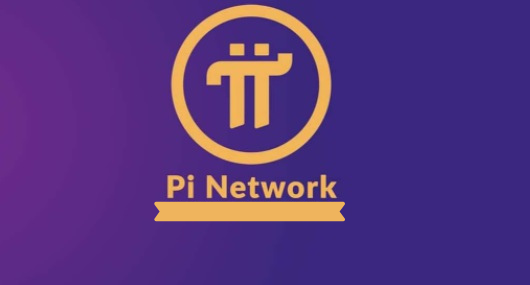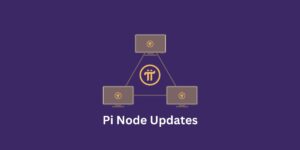Introduction: Pi Node (Pi Network)

The fourth position in the Pi ecosystem is the node, which operates on laptops and desktops rather than cell phones. Pi Nodes, like other blockchains, will be in charge of validating transactions on a distributed ledger and addressing the difficulties of running a distributed currency by ensuring all nodes agree on the order in which new transactions are registered.
Unlike nodes that use proof of work, such as Bitcoin or Ethereum, the Pi Node uses a Stellar Consensus Protocol-based consensus algorithm (SCP). Nodes in SCP form trusted groups (quorum slices) and only agree to transactions with those trusted nodes. Pi mobile miners’ security circles (see Pi FAQ: What are security circles?) combine to form a global trust graph, which allows Pi Nodes to form quorum slices to decide who can and cannot verify transactions on the shared ledger.
Unlike most other crypto ventures, the Pi Node would stick to the user-centric design philosophy. Instead of having extensive technical expertise, ordinary citizens would be able to set up a node by downloading a desktop application and installing it on their computers. Pioneers may use this computer program to switch on/off the node software on their computers, making them available or unavailable to serve as a node.
As it builds its Testnet, Pi will stick to the radical decentralization approach. Pi’s blockchain part of the node program will have a centralized layer during the initial Testnet in order to achieve faster iterations of scenario stress testing and modifications of the consensus algorithm to meet Pi Network and its global community’s needs (See Section – Testnet Roadmap). The Pi Testnet and, finally, the completely decentralized Mainnet will be built using this initial version of the node.
The node interface and the desktop Pi App interface are also included with this version of the node. Pioneers can use the two interfaces based on the levels of participation described in the section below.
Any mobile user can download the node program to their computer and use the desktop Pi App interface, which is identical to the mobile app and enables users to check their Pi balance, watch media content, and engage in Pi chats on their computer. Any Pioneer can also apply to be a Node and install the blockchain component there through the node interface.
The Core Team will calibrate node selection criteria based on system reliability and connectivity during the Selection Stage (see Section – Testnet Roadmap). When a node is chosen by the Core Team, it must pass KYC before being allowed to act as a node on Testnet. More information on the selection process for nodes and supernodes can be found in the section below.
For more detail in depth knowledge, please visit the Pi Network official site here:








I am just writing to make you be aware of what a superb encounter my friend’s princess found reading your site. She picked up such a lot of details, most notably what it’s like to possess an incredible coaching nature to make other people just grasp chosen specialized matters. You really did more than my expected results. Thanks for delivering those good, safe, edifying and even easy guidance on the topic to Lizeth.
As a Newbie, I am permanently searching online for articles that can be of assistance to me. Thank you
Hello my friend! I want to say that this article is amazing, nice written and include almost all important infos. I would like to look more posts like this .